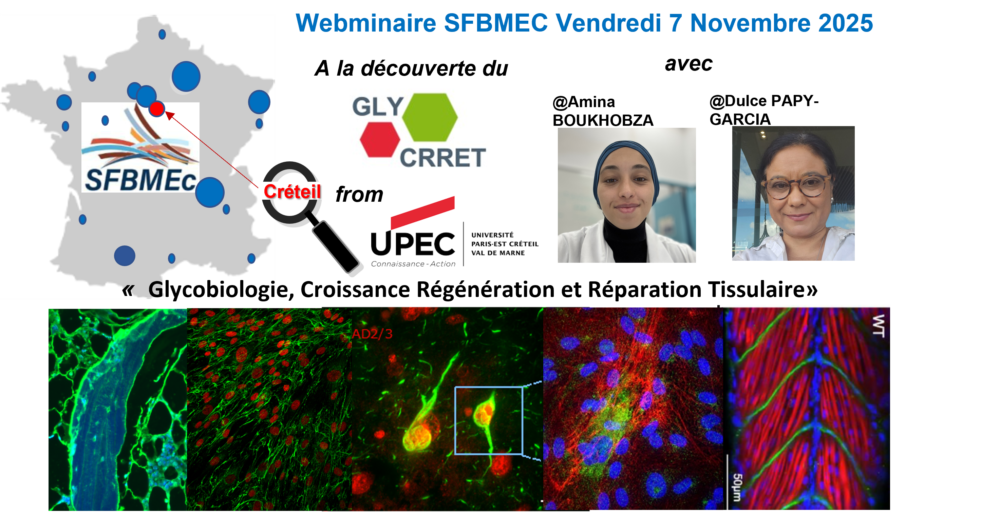Richard Hynes – 1 by SINGER-POLIGNAC
Richard Hynes – 2 by SINGER-POLIGNAC
Extracellular Matrix and Adhesion Receptors in Cancer
Richard O. Hynes
The extracellular matrix (ECM) is an important constituent of the microenvironment of tumours – it provides both mechanical and biochemical support for both the tumour cells themselves and for non-tumour cells in the stroma of the tumour. ECM provides signals that support survival, proliferation and migration, acting both through ECM receptors such as integrins and by presenting growth factors bound to the ECM. Evidence from classical pathology and from modern methods such as expression profiling have shown that significant changes occur in ECM during tumour progression. The presence of elaborate ECM such as desmoplastic stroma has long been used as an indicator of poor prognosis and further investigation of ECM changes should allow increased precision in such prognoses. However, the complexity and insolubility of ECM have rendered biochemical analyses of ECM composition in vivo a challenging task. We have developed methods for enriching ECM from samples of normal and tumour tissues and for analysis of proteolytic digests of these enriched ECM preparations by mass spectrometry. We have combined these experimental analyses with bioinformatic annotation of the “matrisome,” which we define as the universe of ECM proteins and associated proteins such as growth factors and ECM modifying enzymes (crosslinkers, proteases, etc.). This has allowed us to define the ECM composition of various normal tissues – in each case comprising 100-150 ECM proteins. Furthermore, we have been able to define in detail the changes that occur in ECM composition as tumours progress and metastasize and to assign ECM proteins as tumour-derived or stroma-derived. We are also able to apply these methods to human patient samples and we are attempting to define signatures that may predict whether tumours will metastasize and whether or not they will respond to chemotherapy.
The ECM proteins defined by these protocols as well as ECM receptors can be further analyzed for their causal involvement in cancer progression using mouse models of cancer.
Naba, A., Clauser, K.R., Hoersch, S., Liu, H., Carr, S.A. and Hynes, R.O. (2011). The matrisome: in silico definition and in vivo characterization by proteomics of normal and tumor extracellular matrices. Mol. Cell Proteomics. Published online Dec. 9, 2011.
Hynes, R.O. and Naba, A. (2011). Overview of the Matrisome – an inventory of extracellular matrix constituents and functions. In Extracellular Matrix Biology (eds. RO Hynes and KM Yamada). Cold Spring Harbor Perspectives in Biology. doi: 10.1101/cshperspect.a004903. Published online September 21, 2011.
